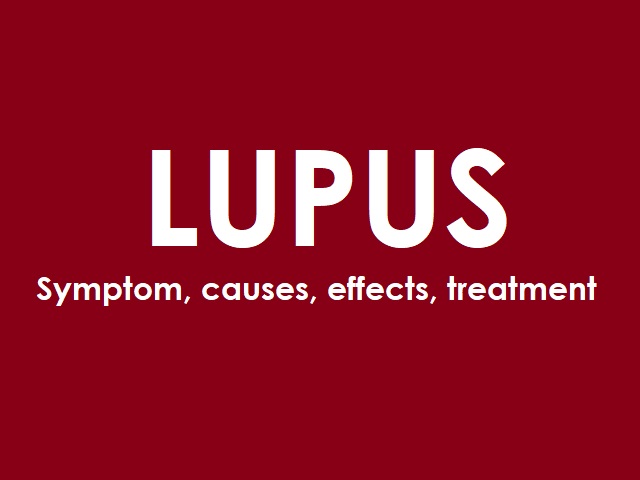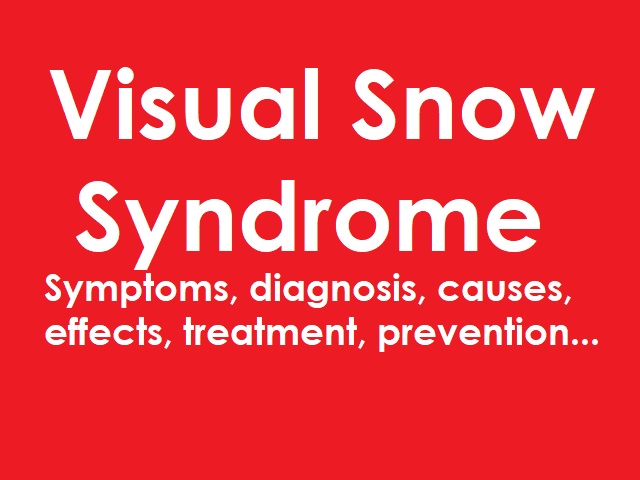5 Signs You May Have Amblyopia -- Symptoms, Causes, Effects, Treatment and Prevention
Amblyopia, also known as lazy eye, is a condition characterized by reduced vision in one eye that cannot be fully corrected with glasses or contact lenses. It occurs when the brain and the eye are not working together properly. It commonly develops in childhood and can be caused by various factors that affect normal visual development. Here is an explanation of amblyopia, along with its symptoms, diagnosis, causes, effects, treatment, and prevention:
Symptoms of Amblyopia:
The symptoms of amblyopia may include:
- Reduced vision in one eye (blurred or fuzzy vision)
- Difficulty with depth perception or judging distances
- Squinting or shutting one eye to see clearly
- Poor visual acuity or inability to read small print
- Head tilting or turning to use the better eye
Diagnosis of Amblyopia:
The diagnosis of amblyopia is typically made by an eye care professional, such as an ophthalmologist or optometrist. It may involve the following:
- Comprehensive eye examination, including visual acuity testing
- Refraction test to determine the need for glasses or contact lenses
- Assessment of eye alignment and movement
- Evaluation of the health of the eyes and visual system
- Additional tests, such as a cover test, prism test, or specialized imaging tests (if needed)
Causes of Amblyopia:
Amblyopia can have various causes, including:
- Strabismus (misalignment of the eyes)
- Refractive errors, such as nearsightedness, farsightedness, or astigmatism
- Blockage or obstruction of vision in one eye, such as a cataract or ptosis (drooping eyelid)
- Significant differences in prescription or focus between the two eyes
Effects of Amblyopia:
If left untreated, amblyopia can lead to various effects, including:
- Permanent vision loss or reduced visual acuity in the affected eye
- Impaired depth perception or 3D vision
- Difficulty with certain visual tasks, such as reading or driving
- Strain on the visual system, causing eye discomfort or fatigue
Treatment of Amblyopia:
The treatment of amblyopia aims to improve vision in the affected eye and encourage binocular vision. It may involve:
- Prescription glasses or contact lenses to correct refractive errors
- Patching or occlusion therapy, where the stronger eye is covered to encourage the use of the weaker eye
- Atropine eye drops to temporarily blur the vision in the stronger eye and encourage the use of the weaker eye
- Vision therapy or eye exercises to improve eye coordination and visual skills
- Treatment of any underlying eye conditions, such as strabismus or cataracts
Prevention of Amblyopia:
Early detection and treatment are crucial in preventing the development or progression of amblyopia. Regular eye examinations, especially in children, can help identify and address vision problems at an early stage.
Related Posts


















